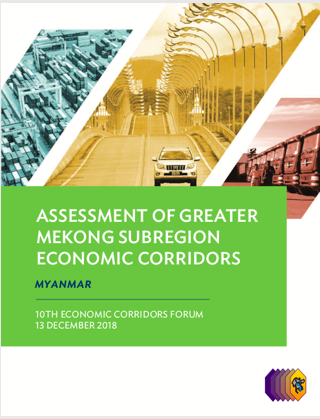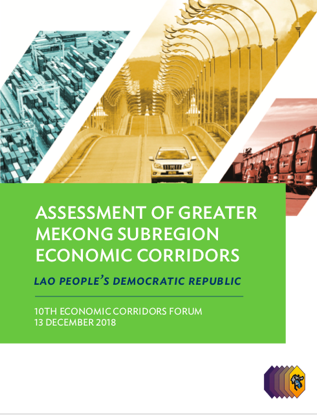Mekong Officials Set to Fast-Track Infrastructure Development
MANILA, PHILIPPINES (12 December 2018) — Senior officials of the Greater Mekong Subregion will convene this week at the 10th GMS Economic Corridors Forum (ECF-10) in Nay Pyi Taw, Myanmar to discuss ways to fast-track infrastructure development and boost growth along key economic corridors connecting the subregion.







